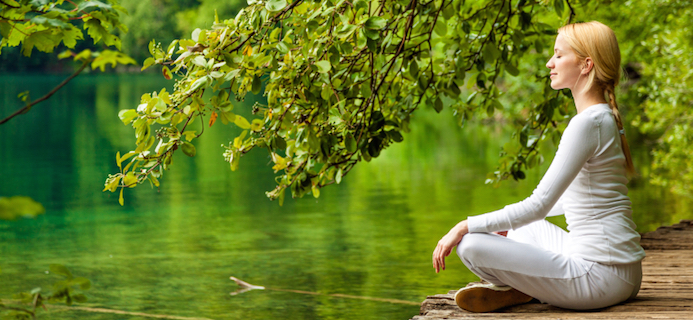Want to know how to meditate even if you’re a beginner? Calmista blogger Charlotte Watts’ new audio series How to Meditate – exclusive to Healthista – will help you develop your own meditation practice in four weeks. Plus, how you can win a copy of Charlotte’s amazing new book the The De-Stress Effect
In week two of this four week series, we follow on from considering meditation as finding space and stillness to become more aware. Mindfulness is a practice that has become popular recently in response to the growing understanding that our fast-paced lives and stimulating environments don’t easily allow us to experience life as it truly is, in the here and now.
experiencing the present often means looking at thoughts or feelings that can feel downright icky or scary
What is mindfulness?
Mindfulness is the specific practice of paying attention to our ‘present moment’ experience with an open and curious mind – with compassion and no judgment. The lineage of the modern practice comes down from Buddhism, but it is believed that most cultures and religions have some form of this focused attention within their systems.
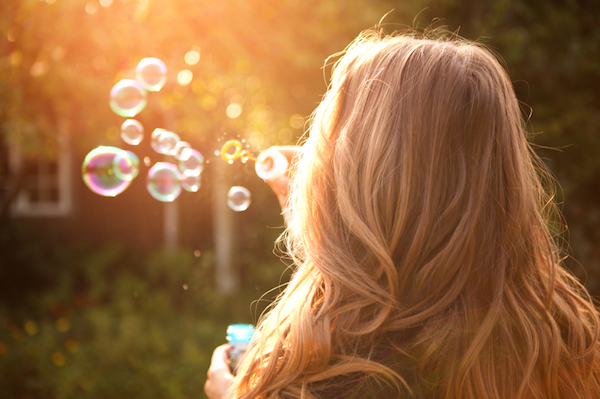
actively drop beneath this constant chatter, can be truly liberating
Mindfulness draws together two key aspects; awareness and compassion. Awareness is the quality of attention we bring, breath by breath, moment to moment. Compassion is the act of bringing kindness into that awareness, without it, we can simply be vigilant and come from a fear-based rather than expansive viewpoint. Compassion without awareness can mean that we don’t necessarily meet the more difficult aspects of the practice; experiencing the present often means looking at thoughts or feelings that can feel downright icky or scary. Bringing these two together helps allow vulnerability, a brave step that takes steadiness and kindness to ourselves for us to hold.
How a mindfulness practice can positively affect your whole life
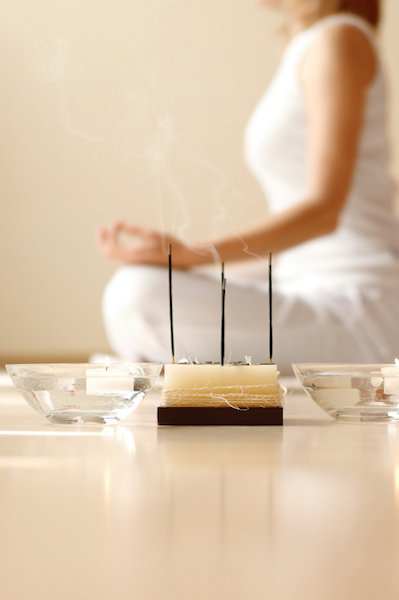
Learning to let go of tendencies to let the mind go freefall and actively drop beneath this constant chatter, can be truly liberating. If you find yourself narrating your life, living with a stream of dialogue running beside your actions and responses, it is an energy-conserving relief to make the choice to be in the calm and quiet place below instead.
What is the difference between meditation and mindfulness?
As we discussed in week 1, meditation is the focus of dedicated attention, which can be on many things – breath, our experience, an object, a contemplation or stillness itself. Mindfulness is a practice that can be employed within meditation, a focus on the experiences of your body and mind. It can also be drawn on in daily life, to bring us back to how we really feel (not think we feel) at any given moment and to regain perspective when we might in reactive modes.
If you find yourself living with a stream of dialogue running beside your actions and responses, it is an energy-conserving relief to make the choice to be in a calm and quiet place
Here’s an extract from my book The De-Stress Effect, on how to access this state that your mind is looking to find often – to give it a rest from all the noise. This helps us to notice that the meditation experience isn’t so strange, our bodies and minds are craving that peace, connection and harmony.
Mindfulness helps us to stay and be with all thoughts, feelings and bodily sensations as they arise
Simply be
The way to experience mindfulness is to simply try it. This isn’t unfamiliar; in fact, you do it all the time, but maybe not consciously. This is where you might feel ‘at one’ with your body and surroundings. Try sitting in a familiar place, like a sofa, a park bench or a café and where you might usually start looking at your phone or thinking about ‘stuff’, instead really be where you are at that point in time.
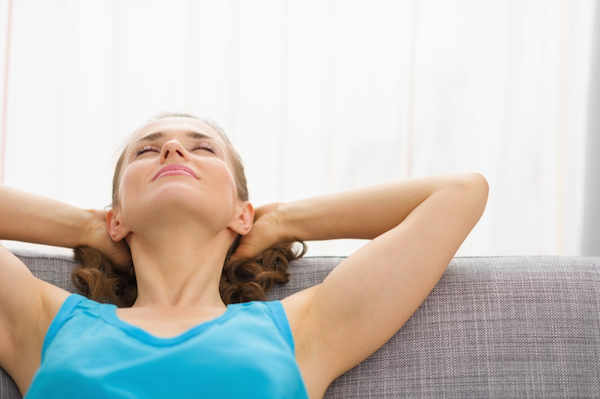
Feel body sensations, hear noise and see sights as they are and as they change from moment to moment. Watch when you wander off and draw yourself back to your changing perceptions, without the need to comment, analyze or evaluate – simply feel.
Mindfulness as a meditation technique
Mindfulness is particularly useful for those starting a meditation practice as it helps us make sense of the common issues that arise as we come to still and take time to be with ourselves. As this is something it is easy not to do in our worlds, it can be challenging – even scary – to have the unfamiliarity of meeting our inner landscape without any distractions. This week’s audio meditation supports this internal journey of going deeper.
Mindfulness draws together two key aspects; awareness and compassion
Week 2: Guided Meditation: Awareness with Compassion
Mindfulness helps us to stay and be with all thoughts, feelings and bodily sensations as they arise. It is a learnt skill to practice letting these stay and be felt, without reacting, contracting, pushing them away or judging them as ‘good’, ‘bad’, ‘pleasant’ or ‘unpleasant. Here we focus on how we can meet all experience with openness and so feel more able to deal with life’s challenges.
MORE: week 1 – How to meditate for beginners: practice positions and advice on frequency
Read more posts by Calmista, Charlotte Watts
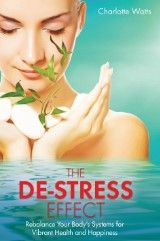
to giveaway. to enter is simple: share this post on Facebook or Twitter and you’re in with a chance!
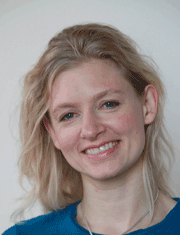
Like this article? Sign up to our newsletter to get more articles like this delivered straight to your inbox.



